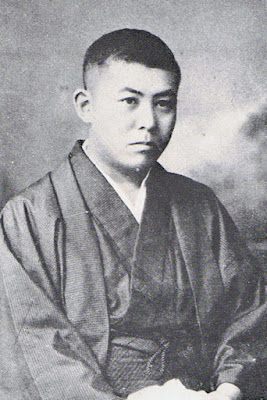Modern Japanese Fiction by Year (3): 1912-1926, The Taisho Period

In a literary sense, the Taisho period (1912-1926) is a rich time in which seven of the ten best modern fiction writers from the canon were active (Soseki, Ogai, Kafu, Shiga, Tanizaki, Akutagawa and - just starting at the end of the period - Kawabata). The reign of Emperor Taisho itself was an ambiguous time: some historians talk about "Taisho democracy" and "Taisho chic" and point at political and social trends such as cosmopolitanism that can be linked to the post-1945 democratization of Japan; others, however, see in the Taisho period the roots of radical nationalism, expansionism and anti-liberalism that later marked the 1930s and first half of the 1940s. It is clear that Taisho was a dynamic era.
One function of literature in the preceding Meiji period was the construction and representation of a "modern self," an attempt to situate individual bodies and psyches within rapidly shifting social and cultural fields. Taisho literature is increasingly under the influence of Modernism, in which this process of negotiation breaks down (Seiji M. Lippit, Topographies of Japanese Modernism, p. 7). After all, Modernist writings are characterized by the fragmentation of grammar and narrative and the mixing of multiple genres, as a response to new forms of expression and representation, such as film. Ultimately, this will give rise to a new form of narrative that combines mimesis with ironic self-perception (Tyler in Modanizum...
Fuente de la noticia:
japannavigator
URL de la Fuente:
http://www.japannavigator.com/
| -------------------------------- |
| How Japanese life has changed this year |
|
|





